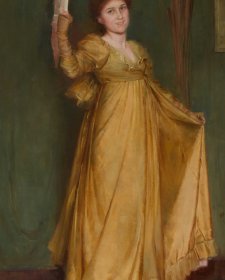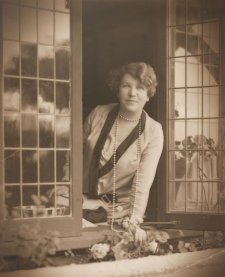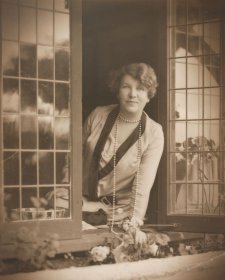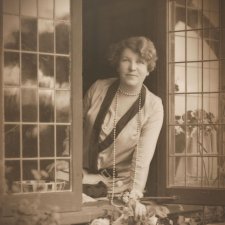Julian Rossi Ashton CBE (1851-1942), art teacher, artist and critic, trained in art in London and at the Académie Julian in Paris before coming to Australia to work on the Illustrated Australian News in 1878. After some years in Melbourne, in 1883 he moved to Sydney to work on the Picturesque Atlas of Australasia, which involved him in a good deal of travel. Having begun giving private art classes in 1886, in the early 1890s he taught for the Art Society of New South Wales, but in 1895 he established his own school in King Street. There, his students included George Lambert, Thea Proctor, Elioth Gruner and Sydney Long. In 1906 he opened the Sydney Art School in the Queen Victoria Markets; from 1935, relocated to George Street, it became the Julian Ashton School, students of which included William Dobell, Jean Bellette and Douglas Dundas. Through the 1990s Ashton was a Trustee of the Art Gallery of New South Wales, in which capacity he encouraged the purchase of works by Australian artists. In 1898 he organised the show of Australian art at the Grafton Gallery in London. At that time, he was president of the Society of Artists, which evolved through amalgamation into the Royal Art Society of New South Wales. In 1907 he moved to re-establish the Society of Artists, of which he was president until 1921 and vice-president until 1940. After that, he returned to the RAS. In this way, through a series of strategic moves, Ashton dominated art in Sydney for more than fifty years. His son, also named Julian, was also prominent on the Sydney art scene, serving for a time as president of the Royal Art Society.
Collection: National Portrait Gallery
Purchased 2008



On one level The Companion talks about the most famous and frontline Australians, but on another it tells us about ourselves.



Dr. Sarah Engledow discovers the amazing life of Ms. Hilda Spong, little remembered star of the stage, who was captured in a portrait by Tom Roberts.



Harold Cazneaux's portraits of influential Sydneysiders included Margaret Preston and Ethel Turner, both important figures in the development of ideas about Australian identity and culture.